The city of Kamyshlov is located on the banks of the Pyshma River, at the mouth of its tributary Kamyshlovka. It is 135 kilometers from Yekaterinburg. In terms of numbers, this is a small town in which about 26 thousand people live, but it is a culturally and historically amazing settlement of Russia. The city of Kamyshlov, Sverdlovsk region, is an ancient city founded in 1668. What is his story and destiny? What does the city live at present? What are its sights preserved to date?
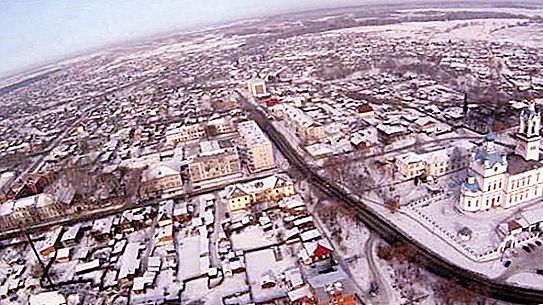
Name origin history
There is a legend about the origin of the name of the city, in which it is said that once a tract passed through the city of Kamyshlov. The city was located in the valley of the Pyshma River, where a lot of reeds grew. Prisoners were driven along the highway, who at the sight of a happy opportunity in the form of reed thickets, as soon as they approached the city, arranged shoots and hid in the reeds. The convoys were forced to catch them in these thickets, that is, it turned out - fishing in the reeds, since then the place was called "Kamyshlov".
Historical essay
The city of Kamyshlov was founded in 1668, when a prison was built here, to protect against attacks by nomads. Around the prison, a small settlement soon formed, originally called Kamyshlovskaya Sloboda.
Since 1781, the settlement became a county town of the Yekaterinburg region.
In 1856, the city had one church, 335 houses, and 45 shops.
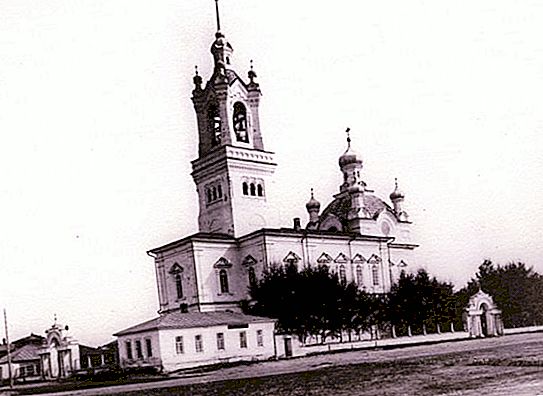
By the end of the 19th century, it was becoming a merchant, and there were already about 20 shops selling bread and bakery products. There were distilleries, tanneries and candle factories, there were four mills. County and spiritual schools, a female gymnasium, a library, a printing house, an icon-painting workshop, and five churches were built. Two major fairs were held in the city - Pokrovskaya and Tikhonovskaya.
In 1885, a railway was laid through the city of Kamyshlov.
During the Great Patriotic War, new production enterprises were opened in Kamyshlov: a bakery, a mechanical repair plant.
In February 1946, the city of Kamyshlov was isolated from the Sverdlovsk region of the Kamyshlovsky district and assigned to the cities of regional subordination.
In the post-war period, a garment factory, a metalworking and an electrical factory were built here.
In the city were born: Naumov A. - historian, P. Gridnev - breeder, S. Schipachev - poet.
Educational institutions of the city of Kamyshlov
The city has always paid great attention to education. Male and female gymnasiums (currently school number 1), this is one of the most fearful schools in the city of Kamyshlov, which has the status of "School of the Year."
At the end of the 80s, a new school number 3 was opened, designed for 1176 places.
The city has a teacher training college, which is already 70 years old.
The city's attractions
The city has about 12 monuments of architecture and history, 5 of which are under special state protection.
Numerous buildings of merchant houses, both wooden and stone, have survived on the territory of the city of Kamyshlov, many of them are under special state protection and are architectural monuments of the XIX century.
The main attraction of the city is the Church of the Intercession of the Blessed Virgin Mary, the stone structure of which was built in 1814. Consecrated in 1821. During the years of Soviet power, it was closed and resumed its spiritual activities only in 1990. Currently, the temple is operational.

The next interesting building, in architectural terms, is the two-story building of the former orphanage and the Church of Mikhail Chernigov. The buildings were built at the expense of the merchant Mikhail Rozhnov. The shelter contained cripples and orphans. The merchant built a temple and a shelter to atone for his wife, who instead went to hard labor in Siberia. The building currently houses the College of Education.
In the city of Kamyshlov there is a mass grave in which the shot sailors from the battleship Potemkin are buried. In honor of them, a monument stands at the place of their burial.
At the beginning of the 20th century, Pavel Bazhov lived in Kamyshlov with his wife. Before the revolution of 1917, he taught Russian at the city religious school. And in 1918 he was elected mayor. In the 20s he worked as an editor of the local newspaper "Red Way". Two houses to which he lived have survived to this day.
In Kamyshlov there is a historical museum of local lore, whose expositions tell about nature, history, temples of the district and the city.
The building of the railway station, which was built in 1885 and is also a monument of architecture.
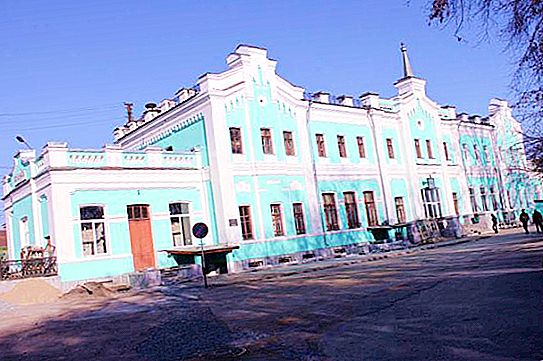
Not far from the city is the sanatorium "Obukhovsky", known for its healing springs.
Near the city of Kamyshlov there are two pine forests Nikolsky and Kamyshlovsky, with vegetation unique to these places.
Culture
The Museum of Local History, the collection of which is considered one of the richest in the Sverdlovsk region. The museum was founded by A. Naumov, a teacher of natural sciences. In 1950, the museum was closed, and again resumed its work only in 1974. Currently, the museum is located in 6 rooms.
The city has a lot of cultural institutions: the Central City Library (has a huge book fund), an orphanage, several art schools, a children's sports and art school.
Interesting and relevant issues from the life of the city are covered by the local newspaper “Kamyshlovskie Izvestia”, which began working in 1918 and a television studio operating in the city since 1994. The newspaper holds the annual contest "The best photo of the city of Kamyshlov", in which all interested citizens and tourists can take part.
City architecture
The construction of the city of Kamyshlov is predominantly wooden. Here preserved architectural monuments of the XIX century: Pokrovsky Cathedral, the building of the former male gymnasium and others.
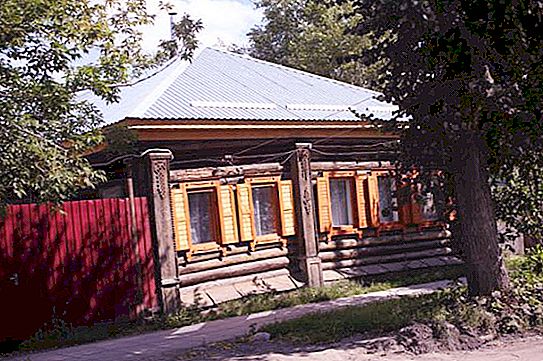
In the development and layout of the city, the features of the merchant settlement of the late XIX - early XX centuries are well preserved. Brick buildings, overgrown squares and small estates - this is now the appearance of the city center.
Temples and Monasteries
Cathedral of the Intercession of the Holy Virgin (Intercession Cathedral), in 1821 the last building of the cathedral was built. This is an active temple, which is a two-story building. In 1833, the vaults of the church collapsed, and church services ceased until 1855. After reconstruction, the upper part of the building was the Temple of Tikhon Amafuntsky, the lower part (lower floor) - Pokrovsky. In Soviet times, in 1932 it was closed, divine services were resumed only in 1990.
At the Pokrovsky Cathedral, the Pokrovsky Convent was opened in 1998, it is small in number and does not have its own church.
Church of Mikhail Chernigov at the orphanage. The temple was founded in 1893, is currently a brick two-story building of the church, which existed at the orphanage. There was a church on the second floor, classrooms were located on the lower floors. Consecrated the temple in 1894. After the revolution in 1919, the church was closed. In 2011, crosses were erected on the temple. Currently, the issue of transferring the building of the church of the Orthodox Church is being resolved, but so far the issue has not been resolved.
Three more churches existed on the territory of the city, but they suffered a tragic fate and they have not survived to this day:
Alexander Nevsky Church, was built in 1882, in Soviet times in 1929 it was closed, the building was destroyed;
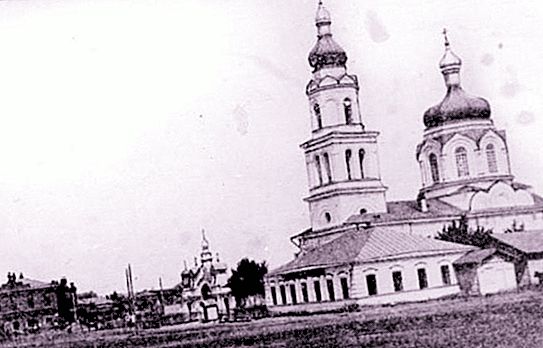
- The Church of All Saints, built in 1816, was closed in 1938, the fire of 1943 completely destroyed the decoration of the church, in the post-war years the building was demolished;
- The cemetery church in the name of St. Nicholas, consecrated in 1909, was closed in 1935, in the post-war period the building was demolished.




